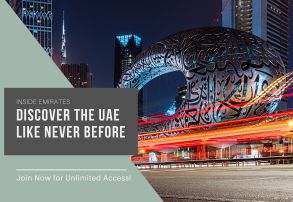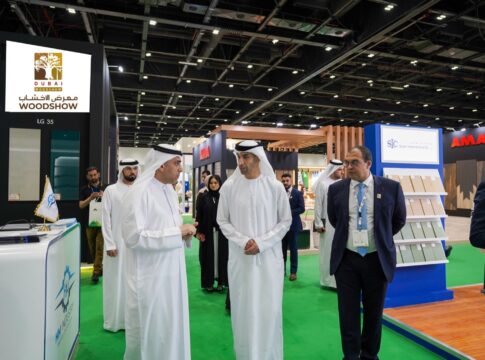The Eid al-Fitr holiday in 2025 marked a standout period for the UAE’s hospitality sector, with Ajman and Ras Al Khaimah emerging as the top-performing hotel markets.
According to data from CoStar, a leading real estate analytics provider, Ajman achieved the highest hotel occupancy rate in the country, while Ras Al Khaimah posted the highest average daily rate (ADR), reflecting robust demand and a surge in staycations across the Emirates.
Ajman: The UAE’s Occupancy Champion
-
Peak Occupancy: On 31 March, Ajman hotels reached a remarkable 95.8% occupancy, the highest in the UAE during the Eid period.
-
Revenue Metrics: That same night, Ajman’s ADR peaked at AED 698.59, with revenue per available room (RevPAR) hitting AED 669.23.
-
Staycation Hotspot: Ajman’s tranquil resorts and luxury beachfront properties, such as Ajman Saray and The Oberoi Beach Resort, were fully booked, offering exclusive Eid packages and premium amenities that attracted both residents and international visitors.
Ras Al Khaimah: Leading in Luxury and Rates
-
Highest ADR and RevPAR: Ras Al Khaimah set the benchmark for hotel rates, with an ADR of AED 1,184.36 and RevPAR of AED 1,100.43 on 31 March.
-
Strong Occupancy: The emirate’s hotels also saw occupancy soar to 92.9% during the peak night.
-
Family-Friendly Appeal: The extended Eid break, coinciding with the school holidays, encouraged families to opt for longer stays in Ras Al Khaimah’s renowned resorts, boosting both occupancy and revenue.
Northern Emirates: Sustained Popularity
-
High Demand in Ajman, Ras Al Khaimah, and Fujairah: The northern emirates continued to attract high volumes of guests, with many properties reporting near or full capacity throughout the holiday.
-
Staycation Trend: The combination of pleasant weather, attractive rates, and luxury offerings fueled a surge in domestic travel, as residents chose local getaways over international trips.
Reading Suggestion: Ras Al Khaimah Shatters Tourism Records with 1.28 Million Visitors in 2024
Market Dynamics: Factors Driving Success
Timing and School Holidays
-
The earlier occurrence of Ramadan in 2025, overlapping with the UAE’s spring break, created an ideal window for extended family travel and staycations.
-
This alignment unlocked new opportunities for hotels, with many families opting for multi-night stays and premium experiences.
Changing Traveler Preferences
-
Modern guests increasingly seek curated experiences, personalized service, and seamless check-ins, making luxury and all-inclusive resorts especially popular during Eid.
-
The affordability of high-end stays, with discounts and special packages, further boosted demand for four- and five-star properties.
Other Emirates: Competitive but Lower Occupancy
-
Abu Dhabi and Sharjah: Despite strong performance, these emirates recorded the lowest occupancy rates during Eid, at 89.7% and 89.8% respectively, still reflecting healthy demand but trailing the northern emirates.
Industry Outlook: Momentum to Continue
-
Extended Tourism Season: The UAE’s hospitality sector is expected to maintain its momentum beyond Eid, with continued interest in staycations and international arrivals.
-
Limited Availability: As the first major holiday of the year, Eid al-Fitr 2025 saw hotel rooms in prime locations booked out well in advance, underscoring the sector’s resilience and appeal.
Conclusion
Ajman and Ras Al Khaimah’s exceptional hotel performance during Eid al-Fitr 2025 highlights the growing appeal of the northern emirates as premier staycation destinations. With record occupancy and revenue figures, strategic timing, and evolving guest preferences, the UAE’s hospitality industry is poised for continued growth and success throughout the year.





